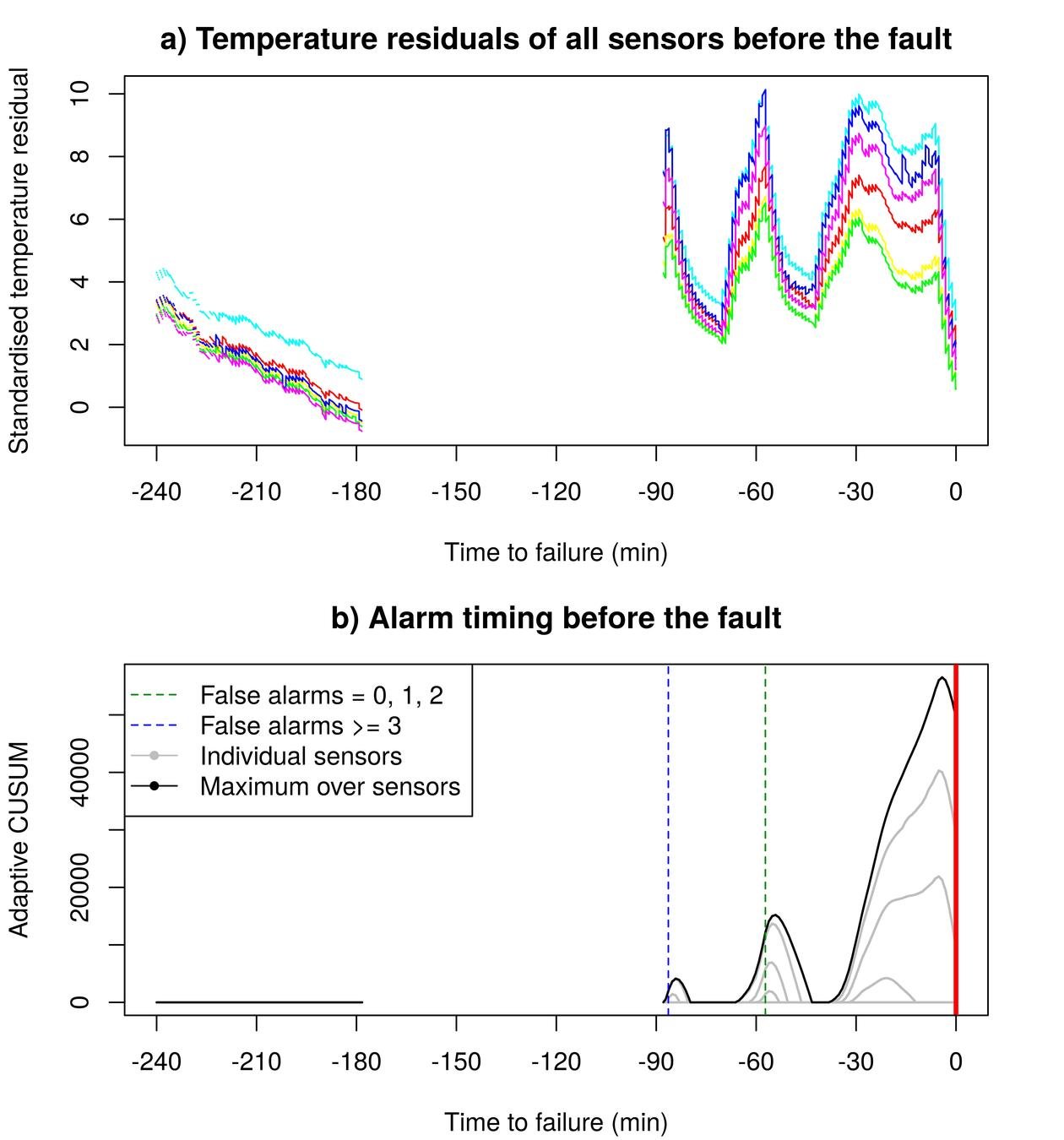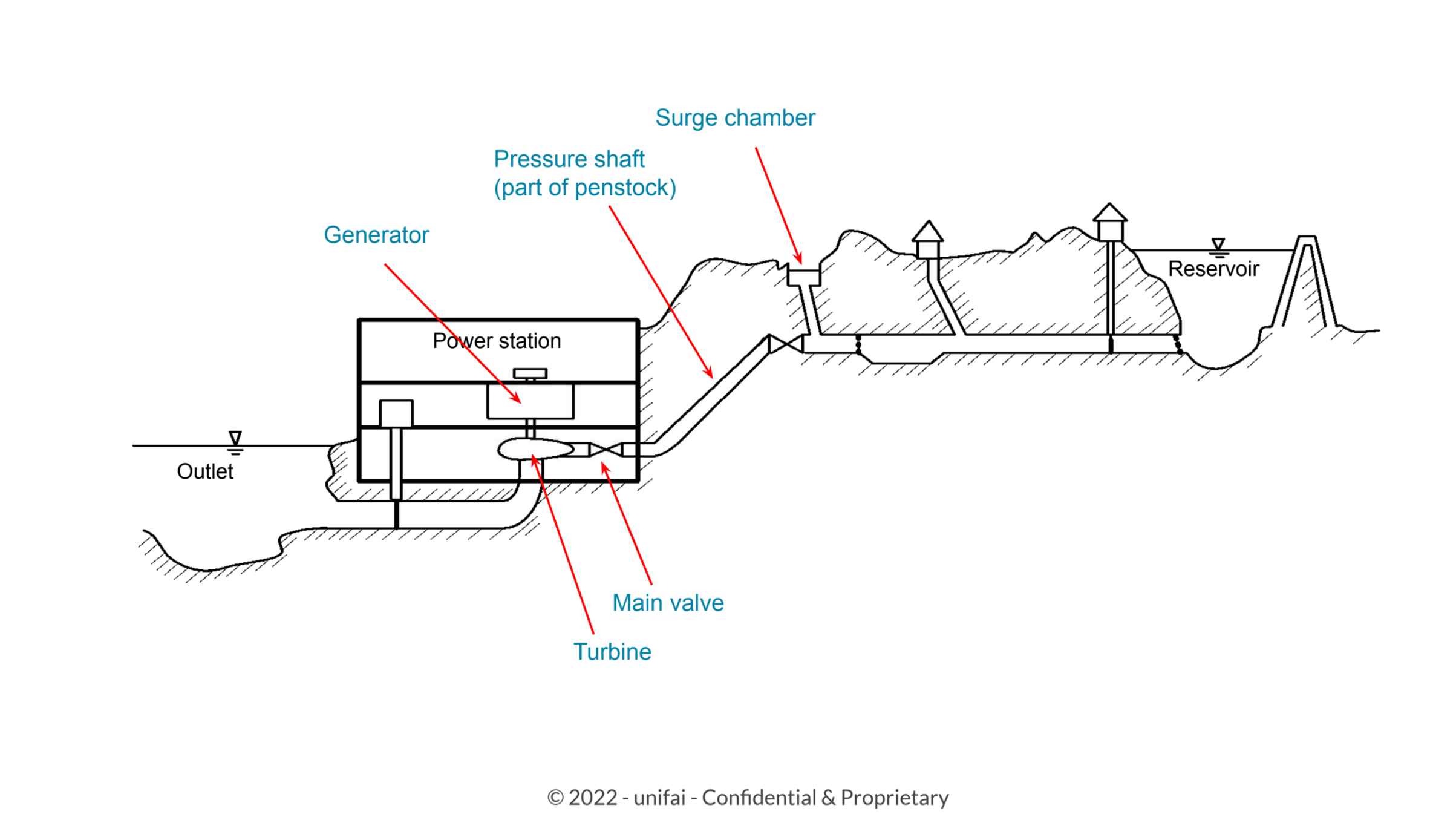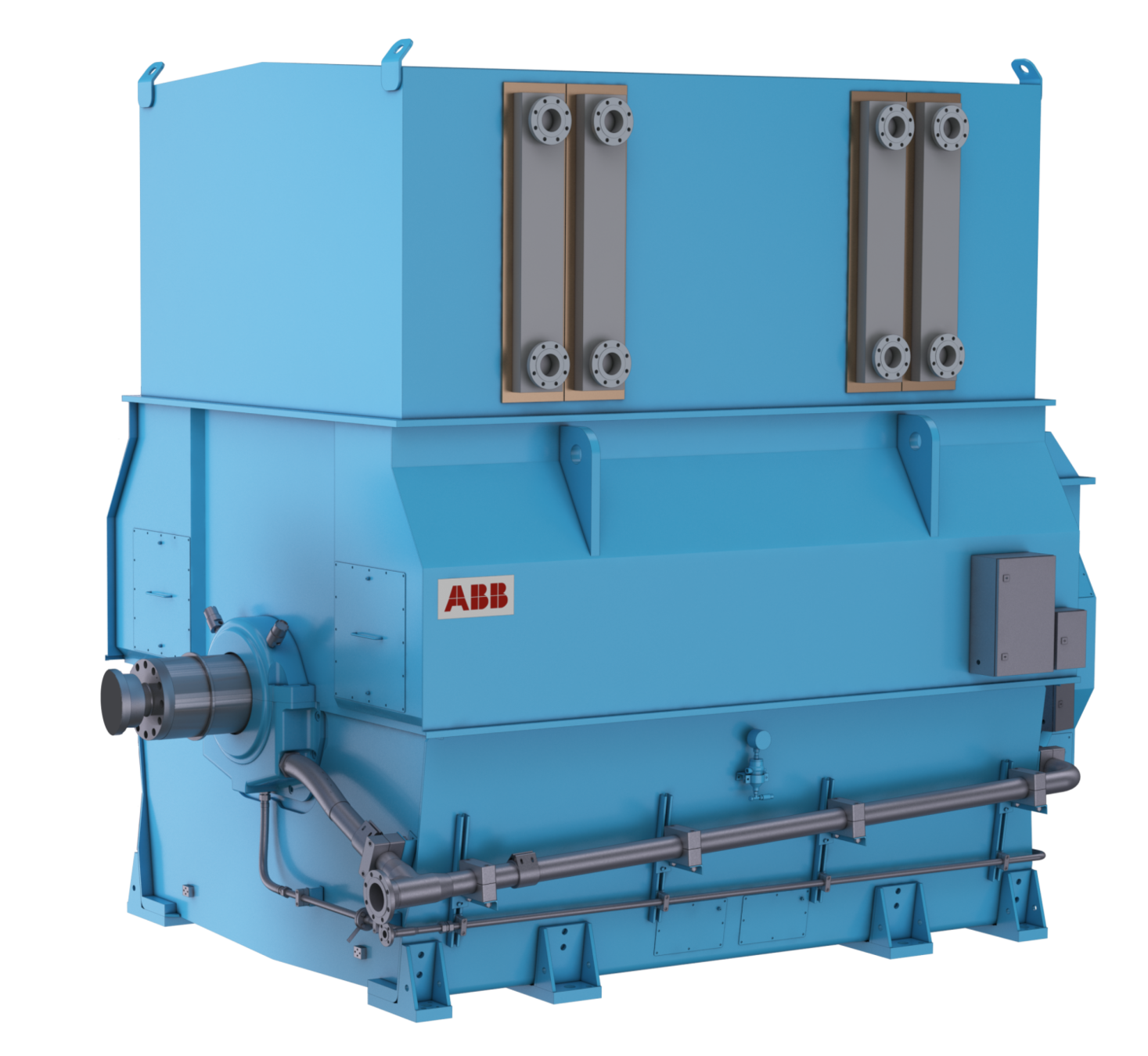Changepoints in the wild
Martin Tveten

Norweigan Computing Center
IT system monitoring

IT system
Metric1
Metric2
Metric3
Metric4
Metric5
Metric6
Metric2345
Data
Metric2346
Metric2347
No training labels
!
Sampling rate: 1 minute
!
Stream processing
!
!
Many variables
!
Many systems
Node1

!
Trends and seasonality
!
Missing data

!
Discrete and continuous distributions
!
Noiseless signals
Node3

!
Outliers
!
Discrete and continuous distributions
Node4

?
!
Solution

Change detector
test = CUSUM()
detector = WindowSegmentor(
test,
min_window=4,
max_window=50
)
cpts = []
for t, x in iter_pandas(df):
detector.update(x)
if detector.change_detected:
cpts.append(t-detector.changepoints)
Anomalous segment parameters
Overheating detection in ship engines

Problem
Challenges:
1. A single observed fault
2. A lot of data
3. Continuous monitoring
4. Simple implementation
5. False alarms costly
Question:
Can overheating events be timely and reliably be predicted?

Data
12 engines with sampling rate every second over 80-294 days.
Solution


1. Predict temperature from operational variables.
2. Monitor six series of residuals for large positive changes in the mean.


An adaptive Page-CUSUM test
Lorden and Pollak (2008); Liu, Zhang and Mei (2017)
1) O(1) computation per step.
2) Only positive changes.
3) Adapts to size of change.
4) Filters out uninterstingly small changes.
Alarm
Test per sensor
Recursive mean
Properties
Tuning
Number of false alarms in training data
Alarm timing before the true fault
Tolerated loss in detection speed
Extra challenge: Model drift

Anomaly detection in hydro (and wind) power plants






Challenges
1. Data size: 100s of GB.
2. Sampling rate: 5 seconds.
3. Uneven spacing.
4. Missing data.
5. What is the signature of an anomaly?
6. Are there unforeseen data or model drifts?
7. Getting labels to validate methods.
Initial solution: Same procedure
1. Predict variables of interest from operational variables.
2. Monitor residuals for changes = anomalies.


Monitoring technical rooms by sound sensors



Challenges
1. Robust model of what is "normal sound".
2. What is "normal" changes over time.
a) Have all operational modes been observed?
b) How should normal model be updated while not masking true anomalies?
3. ... <Long list of practical challenges>.
Initial solution: Same framework??
1. Predict variables of interest from operational variables.
2. Monitor residuals for changes = anomalies.


Conclusion
Change detection in streaming data = very useful

Changepoints in the wild
Martin Tveten
Norweigan Computing Center
